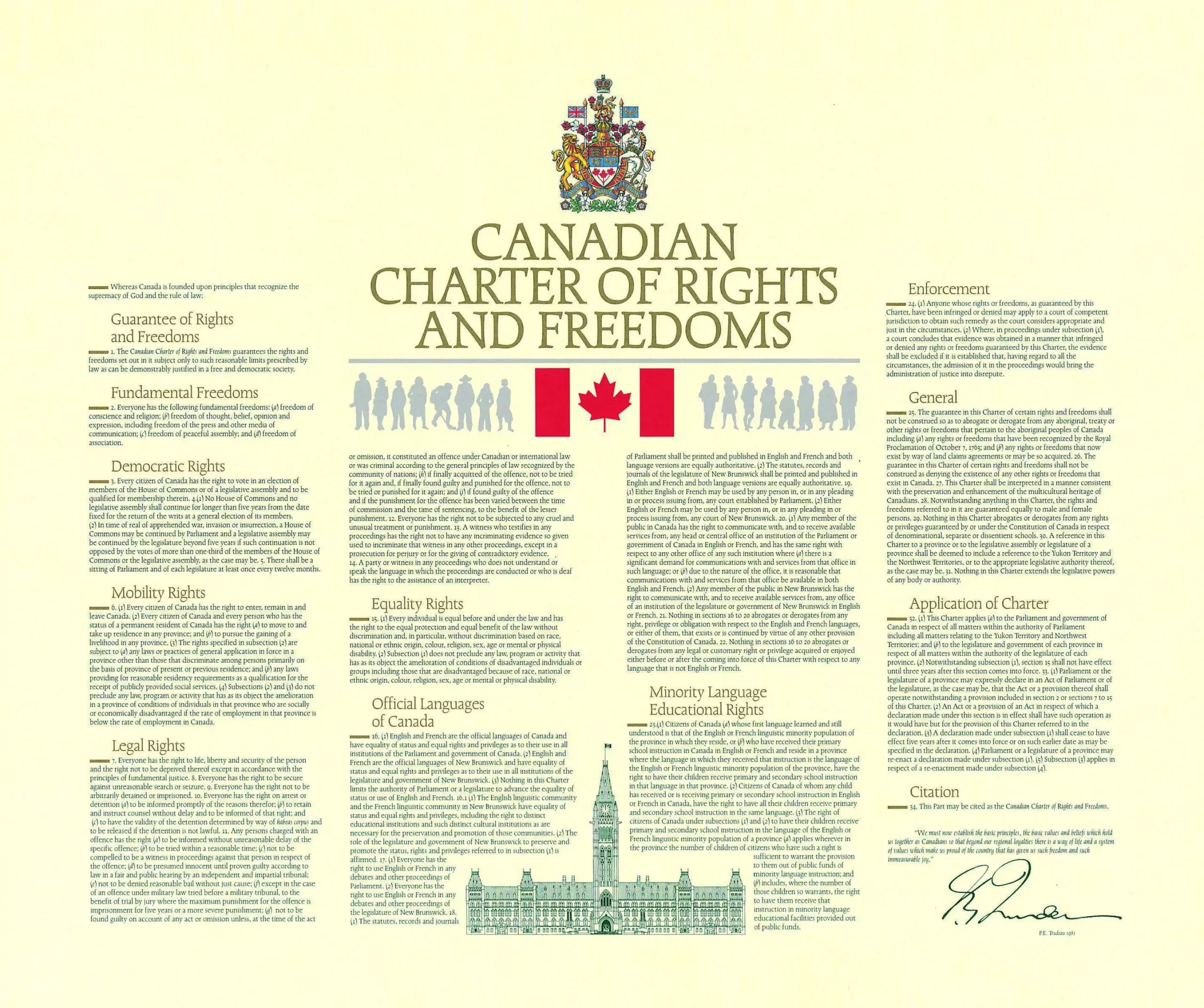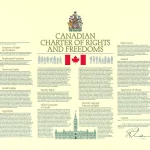Section 2(b) of the Charter: Freedom of Expression
The Canadian Charter of Rights and Freedoms, enshrined in the Constitution Act, 1982, is a cornerstone of Canadian democracy. Among its various sections, Section 2(b) is particularly significant as it guarantees one of the fundamental principles of a free and democratic society: freedom of expression. In this blog post, we will delve into the importance of Section 2(b) and explore its implications for Canadian citizens.
The Text of Section 2(b)
Section 2(b) of the Charter of Rights and Freedoms states:
"2. Everyone has the following fundamental freedoms: (b) freedom of thought, belief, opinion, and expression, including freedom of the press and other media of communication."
Freedom of Expression: A Pillar of Democracy
- Defining Freedom of Expression: Freedom of expression is a bedrock principle of democracy. It encompasses various forms of expression, such as speech, writing, art, and even non-verbal forms like protest or symbolic speech. Essentially, it protects an individual's right to communicate their thoughts, opinions, and ideas without government interference.
- Balancing Act: While Section 2(b) guarantees freedom of expression, it is not absolute. It must be balanced against other important values and rights, such as the rights to equality and security. The Canadian legal system carefully examines cases involving expression to strike an appropriate balance.
- Media and Journalism: Section 2(b) explicitly mentions "freedom of the press and other media of communication." This provision underscores the crucial role of media in a democracy. It ensures that journalists and media outlets can operate independently, investigate, and report on issues of public concern without fear of censorship.
Implications of Section 2(b)
- Protection of Dissent: Section 2(b) safeguards the right to dissent, criticize, and challenge the government's actions and policies. This is vital for holding those in power accountable and fostering open and informed debate.
- Artistic Expression: Artists, writers, and creators benefit from Section 2(b) as it allows them to explore controversial or unconventional ideas without fear of censorship. Canada's rich cultural landscape owes much to this freedom.
- Academic Freedom: In educational institutions, Section 2(b) ensures academic freedom, allowing scholars and educators to explore diverse ideas and perspectives, contributing to a thriving intellectual environment.
- Protection from Prior Restraint: The government cannot censor or prohibit expression before it takes place unless it can demonstrate a compelling reason to do so, as per legal principles established through Section 2(b).
Challenges and Controversies
- Hate Speech vs. Freedom of Expression: A persistent challenge is the balance between preventing hate speech and protecting freedom of expression. Courts have grappled with defining the boundaries of acceptable expression while safeguarding Canadians from harm.
- Internet and Social Media: The digital age has brought forth new challenges regarding freedom of expression. Balancing the need for open discourse with addressing online harassment and disinformation is an ongoing concern.
Section 2(b) of the Charter of Rights and Freedoms is a foundational pillar of Canadian democracy, ensuring that Canadians can express themselves freely, fostering a vibrant and diverse society. However, this freedom is not absolute and must be balanced with other societal values and rights. It remains essential for citizens, policymakers, and the courts to engage in thoughtful discussions about the boundaries of expression in a rapidly changing world, all while preserving the core principles of freedom of thought, belief, opinion, and expression that Section 2(b) represents.

